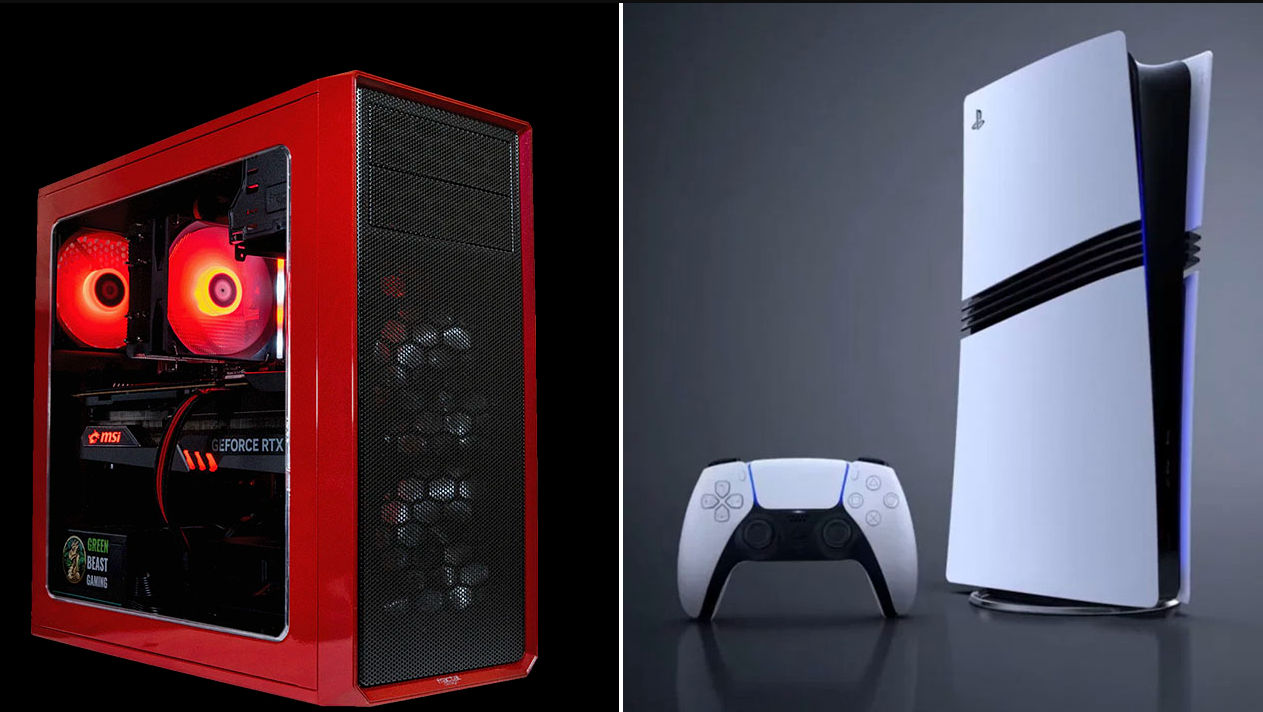We all face the inevitable drop in temperature during the cold season. At times like these, it is important to look after your comfort and warmth inside your home or office. The heater market seems so easy to deal with. But when you stand in front of shop shelves or leaf through online catalogues, the variety of models and features can be confusing. After all, when it comes to heaters, their types, features and capabilities can vary dramatically.
What to look for when choosing a heater
Choosing a heater for a house or flat depends on various factors such as room size, budget, preference for the type of heater and functional features. Here are some important aspects to consider when choosing a heater:
- Type of heater: As I told you earlier, there are several types of heaters such as infrared, convection, oil, fan heated and panel heaters. Each type has its own advantages and is suitable for different conditions. The choice depends on your preferences, the size of the room and the purpose of the heating.
- Capacity: The capacity of the heater determines its efficiency and ability to heat the room. Calculate the total volume of the room and estimate the wattage of the heater required to provide a comfortable temperature.
- Energy Efficiency: Pay attention to the energy efficiency of the heater. Choose models with high efficiency to save energy and reduce heating costs.
- Size and design: Consider the size of the heater and its design. Plan where the heater will be placed in the room and make sure it will not interfere with your daily life.
- Thermostat and regulation: The thermostat allows you to automatically maintain the set room temperature to help reduce energy consumption and ensure consistent comfort.
- Safety: Please note the presence of an overheating protection system and other safety features, such as tip-over protection or grills, which will prevent possible emergencies.
- Noise level: If it’s important to you that your heater runs quietly, find out the noise level in decibels to avoid unpleasant surprises.
- Additional features: Some heaters may have additional features such as smart technology, timers, remote control or wall-mounting options.
- Reviews and testimonials: Read user reviews and expert testimonials to get real-world experience with a particular heater model.
- Budget: Set a preliminary budget and choose a heater within it by comparing the features and functionality of different models.
By paying attention to these factors and considering the specifics of your home or flat, you can make an informed choice and find the best heater that will provide warmth and comfort during the cold season.
Why do we need different types of heaters?
Winter cold weather penetrates into our homes and offices, causing discomfort and negative effects on our health. It is very important to provide yourself and your loved ones with warmth and comfort during the cold season. It is for this purpose that heaters were created. They represent different types and technologies, each with its own advantages and suitable for different conditions.
- Infrared heaters:
- Work based on infrared radiation, which heats bodies and objects in the room rather than the air.
- Provide instant heating as no preheating is required.
- Economical because they heat specific objects rather than the entire environment.
- Safe to use as they do not overheat the air or reduce oxygen levels.
- Convection heaters:
- They work on the principle of natural air circulation: cool air is drawn in, heated and then rises, giving way to cooler air.
- Heats the air in a room, which creates an even temperature throughout the space.
- Effective for large rooms and long term heating.
- Oil heaters:
- They work based on the heat capacity of the oil, which is heated by an electric heater and then releases heat evenly into the surrounding space.
- Provide long-lasting heat retention and maintain a comfortable temperature.
- Often equipped with a thermostat to regulate the temperature.
- Heated fans:
- Use a fan to distribute warm air throughout the room.
- Heat the air, making them faster to use than some other types of heaters.
- Effective for medium to small spaces.
- Heating Panels:
- They are thin panels that can be mounted on the wall or ceiling.
- Warm up and emit heat similar to infrared heaters.
- Ideal for creating an additional heat source in specific areas.
Each type of heater has its own unique benefits and the choice depends on your needs, the size of the room and the degree of comfort you want to achieve. I hope this review will help you make the right choice and provide a warm and cosy atmosphere in your home or office.
A table with the characteristics of the top 5 heaters of each type:
Top 5 infrared heaters:
| Model | Power (W) | Dimensions (cm) | Smart functions | Overheating protection |
| Veito Blade S2500 | 2500 | 75 x 16 x 10 | Yes | Yes |
| Timberk TFIH 2000 | 2000 | 79 x 27 x 11 | Yes | Yes |
| Noirot Spot E-3 2000 | 2000 | 64 x 46 x 11 | No | Yes |
| BORK I700 | 700 | 56.8 x 19 x 13 | Yes | Yes |
| ENSTO Ensto Ensto Classic IR 1400 | 1400 | 44 x 22 x 11 | No | Yes |
Top 5 convection heaters:
| Model | Power (W) | Dimensions (cm) | Thermostat | Timer |
| Electrolux ECH/W-2000 | 2000 | 62 x 32 x 15 | Yes | Yes |
| Ballu BEC/E-2000 | 2000 | 57 x 25 x 12 | Yes | Yes |
| Timberk TCH A2 ECO | 2000 | 57 x 25 x 12 | Yes | Yes |
| BORK C801 | 800 | 45 x 20 x 13 | Yes | Yes |
| Electrolux ECH/W-2000D | 2000 | 60 x 40 x 16 | Yes | Yes |
Top 5 oil heaters:
| Model | Power (W) | Dimensions (cm) | Thermostat | Overheating protection |
| ENSTO Ensto Ensto Classic 2000 | 2000 | 56 x 28 x 12 | Yes | Yes |
| Noirot Spot E-3 2000 | 2000 | 65 x 46 x 14 | Yes | Yes |
| Timberk TOR 21.1514 E3 | 1500 | 54 x 27 x 13 | Yes | Yes |
| Ballu BHO-7.5-Digi | 750 | 39 x 20 x 10 | Yes | Yes |
| Electrolux EMA-03H21 | 2000 | 47 x 24 x 14 | Yes | Yes |
Top 5 Heated Fans:
| Model | Power (W) | Dimensions (cm) | Thermostat | Overheating protection |
| Ballu BAF-15 PTC | 1500 | 26 x 20 x 12 | Yes | Yes |
| Scarlett SC-HF15801 | 1500 | 27 x 17 x 12 | Yes | Yes |
| ENDEVER Odyssey Q-02 | 2000 | 32 x 22 x 16 | Yes | Yes |
| Energy EN-777 | 2000 | 29 x 19 x 14 | Yes | Yes |
| Polaris PVH 0511RC | 2000 | 27 x 21 x 18 | Yes | Yes |
Top 5 heating panels:
| Model | Power (W) | Dimensions (cm) | Wall/ceiling installation |
| Ballu BHP-P-1.5 | 1500 | 100 x 60 x 3 | Yes |
| Timberk THPA15 | 1500 | 60 x 60 x 1.7 | Yes |
| Noirot PANEL PLUS 1500 | 1500 | 61 x 41 x 9.5 | Yes |
| Electrolux EOH-M/E-1500 | 1500 | 80 x 40 x 2 | Yes |
| VEAB CVS 1015 | 1500 | 60 x 60 x 1.5 | Yes |
This table contains the main characteristics of each model and will help you to quickly compare heaters to choose the best solution for your home or office. Remember that in addition to the characteristics listed, other factors such as budget, room size and individual preferences should also be considered.
Pros and cons
Studying the different types of heaters and their characteristics allows you to make an informed choice when buying a heating device for your home or flat. Each type of heater has its advantages and disadvantages, and the right choice depends on individual preferences, room size and heating purposes.
- Infrared heaters provide a quick start and directional heat radiation, making them an attractive choice for small spaces where instant heating is required. However, it should be borne in mind that they are effective for a limited area.
- Convection heaters provide even heating throughout the room by circulating air. They are ideal for large rooms and are reasonably priced. However, they can be drying and take some time to reach the optimum temperature.
- Oil heaters are characterised by their durability and ability to retain heat even after being switched off. They are a stable and reliable choice for heating medium-sized rooms. However, they take up a lot of space and may start heating more slowly.
- Heated fans provide quick heating and are suitable for small rooms. They offer convenience and mobility, but can be noisier and are not as efficient for larger rooms.
- Heating panels are characterised by their aesthetic design and even heating of objects. They are discreetly placed on the wall or ceiling, making them an attractive choice for modern interiors. However, they heat a limited area and can be more expensive than some other types of heaters.
When choosing a heater for your home or flat, it is important to consider the characteristics and features of each type, as well as your needs and room conditions. Decide on your priorities (fast heating, even heat distribution, design, etc.) and choose the heater that best meets your expectations, providing comfortable and efficient heating on cold days.




